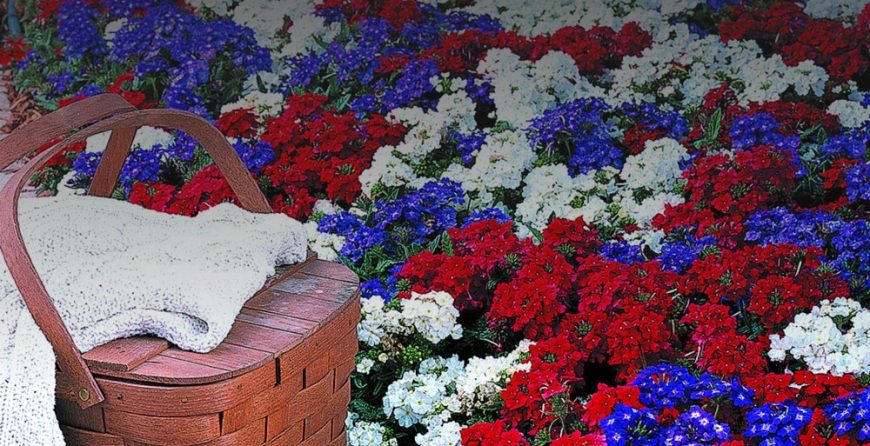 In the 1700s there was not a luxury of the corner stores and fresh market produce, and because most of the American colonists had productive gardens, that is what they depended on for survival. There were small, enclosed dooryard gardens just at the front side of the house which had a variety of essential edibles as well as medicinal herbs. So you can see they lived quite a comfortable life.
In the 1700s there was not a luxury of the corner stores and fresh market produce, and because most of the American colonists had productive gardens, that is what they depended on for survival. There were small, enclosed dooryard gardens just at the front side of the house which had a variety of essential edibles as well as medicinal herbs. So you can see they lived quite a comfortable life.
In the early 1800s and mid-1800s, the settlers moved this garden away from the doors after they moved to the west. At this time they could protect, maintain and harvest the plants easily. They became more focused on food and medicinal plants rather than just the flowers. As time went by this became their leisure activity, with a variety of plants. Also, researchers became available for working on plant diseases and pests. In the late 1800s, now the home gardens were moved to the side and back of the houses, in which lawns replaced the front door gardens.
In the early 1900s to late 1900s, home gardening dropped dramatically as people began manufacturing jobs in the urban areas. Home gardens were now natural looking. As time passed, American home gardeners were again influenced by the new garden styles from England, and a variety of plants began to erupt around the houses. You know at the 1940s, there was the World War II, right? And now from this time, the gardeners were back to their home gardens fully. Later after the post-war, there were innovations where technology simplified the home gardening. From the 1970s all the way to 1990s, there were more improvements, where there was renewed interest in home gardening. Garden designers became widespread, and there were, even more, extensions of the gardens around the homesteads. Imagine how these homes were beautiful and attractive. Well, in the 2000s, the home gardens were back in the front yard and to the forefront. The Americans became more interested in growing healthy food, such as the vegetable gardens. And today, you can agree that most of the home gardens are full of edibles and herbs, as well as a variety of flowers and native plants. Up to now, the home gardens continue to evolve.


